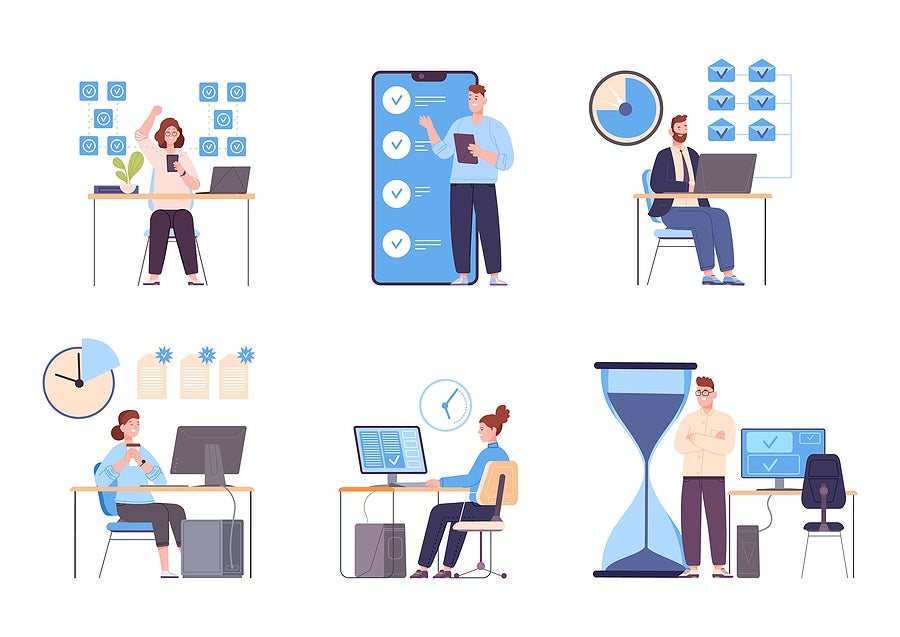On Monday, the Biden Administration announced that it would end the COVID-19 national emergency and public health emergency declarations effective May 11th. Some folks may have stopped paying attention or holding their breath in anticipation of the announcement of the end of the PHE once the Medicaid continuous enrollment protection was delinked from the federally declared public health emergency. However, there are a number of important, temporary authorities that remain tied to the Presidential and Secretarial declarations of emergency that will now end with the termination of these emergencies.
Backing up for a minute, let’s do a quick review of the two types of emergency declarations that govern many of the emergency authorities and flexibilities that have been adopted over the past three years. The first, the Health and Human Secretary-declared public health emergency, is where our primary focus has been and was what the continuous enrollment protection was connected to prior to the passage of the Consolidated Appropriations Act (CAA). The other emergency declaration is the national emergency proclamation by the President under the National Emergencies Act (NEA). The Presidential-declared national emergency was set to expire March 1 while the Secretarial PHE would have expired April 11; with the new statement of administrative policy, these emergencies will be extended until May 11, providing states more notice than the 60 days originally promised prior to ending the PHE.
Now you may be wondering what all of this has to do with the unwinding (this is an Unwinding Wednesday blog after all), especially since the continuous enrollment protection is no longer tied to the public health emergency. Well, there are many flexibilities and emergency provisions still tied to one or both of the emergency declarations, many related to Medicaid and/or CHIP.
Some key Medicaid and CHIP flexibilities that are affected by the end of the dual emergency declarations are:
- Medicaid and CHIP 1135 Emergency Waivers. Approved waivers have included suspending prior authorizations in fee-for-service, waiving certain provider licensure requirements, and extending timeframes for fair hearings.
- Medicaid Disaster SPAs. Every state has at least one disaster SPA, allowing them to make temporary changes to eligibility, enrollment, and cost-sharing policies, among other flexibilities. Some of the policies adopted through these SPAs include new or expanded use of telehealth (and associated reimbursement rate increases), removal of the limit on the quantity of certain prescription drugs that may be dispensed and/or service visits, and allowing additional providers like pharmacists and EMTs to deliver services or administer vaccinations within their scope of practice.
- CHIP Disaster SPAs. These are slightly different from Medicaid disaster SPAs, namely that states can adopt “evergreen” CHIP disaster SPAs which can be implemented during future state or federally declared disasters, rather than being tied specifically to the COVID emergencies. States do have to notify CMS of the effective dates for provisions adopted through these SPAs though. So that means that suspension of premiums, premium lock-outs, copayments/cost-sharing, and other policies that have eliminated barriers to coverage will end the day the PHE ends, unless the state specified a later date.
- Coverage of COVID-related testing, treatment, and vaccinations for uninsured individuals. The Families First Coronavirus Response Act created a new optional Medicaid eligibility group that states could adopt – individuals that do not fall into a mandatory eligibility group and are uninsured – to provide COVID testing and administration of testing. The American Rescue Plan expanded these benefits to include treatment services. Before ending coverage, states must conduct a full redetermination for individuals in this group to check eligibility for other categories and must provide them with 10 days advance notice prior to terminating coverage.
All of the flexibilities listed above are linked to either the national or public health emergencies (or both), and end the day the PHE ends (unless another date has been specified by the state). I have written about how state adoption of these temporary flexibilities have reduced burdens on beneficiaries during the PHE and that states should consider making some of these authorities permanent where possible. Upon termination of the PHE, states will have to address these temporarily flexibilities; for the provisions that states can’t or don’t permanently adopt, they will have to go through an unwinding process to terminate these policies in addition to the return to routine eligibility and enrollment operations from the end of the continuous enrollment protection.
The end of the flexibilities tied to the emergency declarations means additional work for states to update their systems, creating competing priorities for implementation as state systems also prepare for the unwinding. The termination of these authorities also means that states need to start thinking through strategies to make the transition to routine policies and procedures as smooth as possible, especially for providers who have seen a flood of changes as a result of Medicaid emergency flexibilities such as increased reimbursements to deal with workforce shortages and increased demand and waived administrative requirements. Some enrollees will also be affected by the end of the emergency-related policies. For example, enrollees now may have to pay out-of-pocket costs like premiums and copayments that had been waived or be subject to reinstated waiting periods that require children to be uninsured for a period of time before enrolling in CHIP coverage (which we have noted are potential barriers to children transitioning coverage), unless states decide to permanently eliminate these policies.
The administration’s announcement allows states additional time to address changes to Medicaid and CHIP for the programs and enrollees, which is likely needed as states face unprecedented workloads and drastic adjustments to Medicaid operations as the unwinding begins. It will be important for states to use this time to clearly communicate with enrollees about any changes to benefits or requirements for coverage as normal policies and practices are resumed.
[Editor’s Note: For more information, visit our PHE Unwinding resource page where you’ll find other blogs in this series, reports, webinars and the 50-state tracker.]



